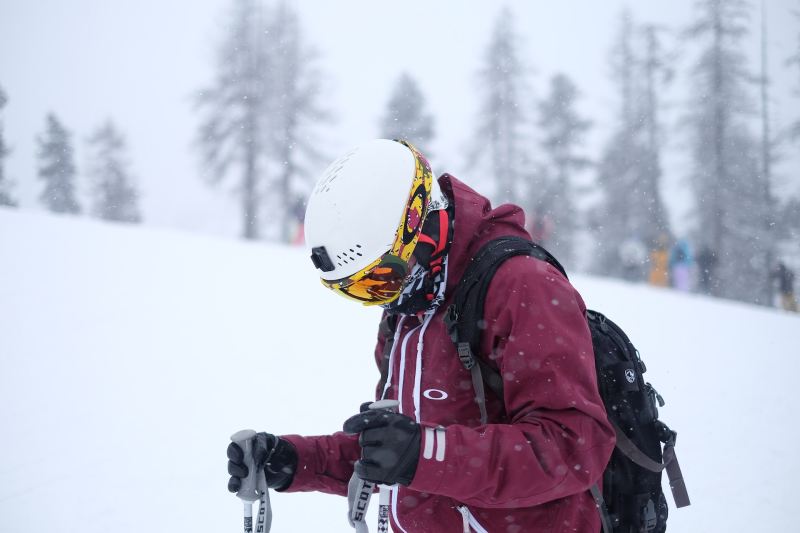
It’s time to dust off your snow gear! Amid all the excitement, however, it’s easy to overlook some of the more fascinating design work that went into your snow gloves. For example, if you pay attention to your ski gloves, you may realize that there is a little loop on the ring finger of each glove. This is a clever design element that offers several practical benefits, whether you’re skiing or snowboarding. Here’s how to use them.
Here’s how to use the loops
Hang your gloves to dry
One of the most immediate and useful applications of the loop on your ski glove’s ring finger is its role in drying your gloves. After an exhilarating day on the slopes, your gloves can become damp from snow and sweat. The key to maintaining comfort and warmth for your next run is ensuring your gloves dry thoroughly. Here’s where the loop comes into play.
To expedite the drying process, you can use the loop to hang your gloves with the fingers pointing upward. This method is more effective at drying your gloves compared to laying them flat, as it allows air to circulate freely inside the gloves, which helps moisture evaporate more rapidly. Drying with your gloves fingers up prevents them from becoming musty and keeps them fresh for your next snow adventure. By using the loop for this purpose, you’ll be ready to hit the slopes with dry, comfortable gloves in no time.
Easy carrying
The loop on the ring finger of your ski gloves can also serve as a convenient means of carrying your gloves when you’re not wearing them. You can attach a carabiner to the loops, allowing you to hook your gloves onto your ski or snowboard jacket, backpack, or belt. This can be particularly handy when you’re transitioning between skiing and other activities or when you’re in a cozy ski lodge, giving your gloves a designated place to hang without the risk of misplacing them.
With your gloves securely fastened to your gear or attire, you won’t have to worry about fumbling with them or accidentally dropping them. It’s a simple and effective solution for keeping your gloves within arm’s reach, ensuring you’re always ready to gear up and hit the slopes.
Prevent your gloves from filling with rain or snow
When you’re not wearing your gloves and they’re lying on a surface, there’s always a risk of them filling with rain or snow if you’re caught in inclement weather. However, using the loop on the ring finger can help prevent this issue. By suspending your gloves off the ground, they are less likely to accumulate moisture, ensuring they remain dry and ready for action.
Additionally, during heavy snowfall, keeping your gloves off the ground can prevent them from getting buried or lost in the snow. Retrieving your gloves can be a hassle when you’re in a hurry to get back on the slopes, so the loop on your gloves can be a lifesaver in such situations.
Where to clip your gloves
You might be wondering where exactly you should clip your gloves using the loop. The options are versatile, but you should choose the placement that is most convenient for you. Some popular choices include:
- Backpack: Attaching your gloves to the straps or loops on your backpack is a common and easily accessible option.
- Ski or snowboard jacket: Many ski and snowboard jackets come equipped with designated clips or loops for gloves.
- Belt: You can also clip your gloves to your belt or belt loops if you prefer to keep them close at hand.
While it might seem like a minor detail, the loop on the ring fingers of your ski or snowboard gloves serves multiple practical purposes. From drying your gloves faster and preventing them from filling with rain or snow to facilitating easy carrying, this small feature can make a significant difference in your snowboarding or skiing experience. So, the next time you gear up for a day on the slopes, remember to make the most of the loops on your gloves. It’s a subtle yet invaluable addition that can enhance your winter adventures.



